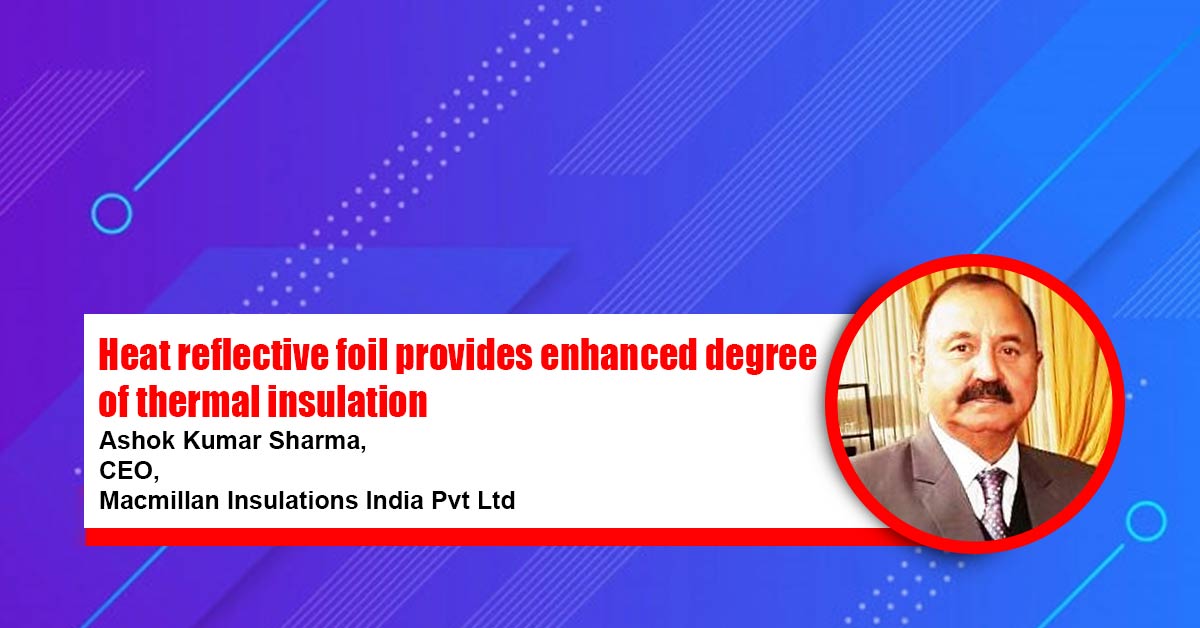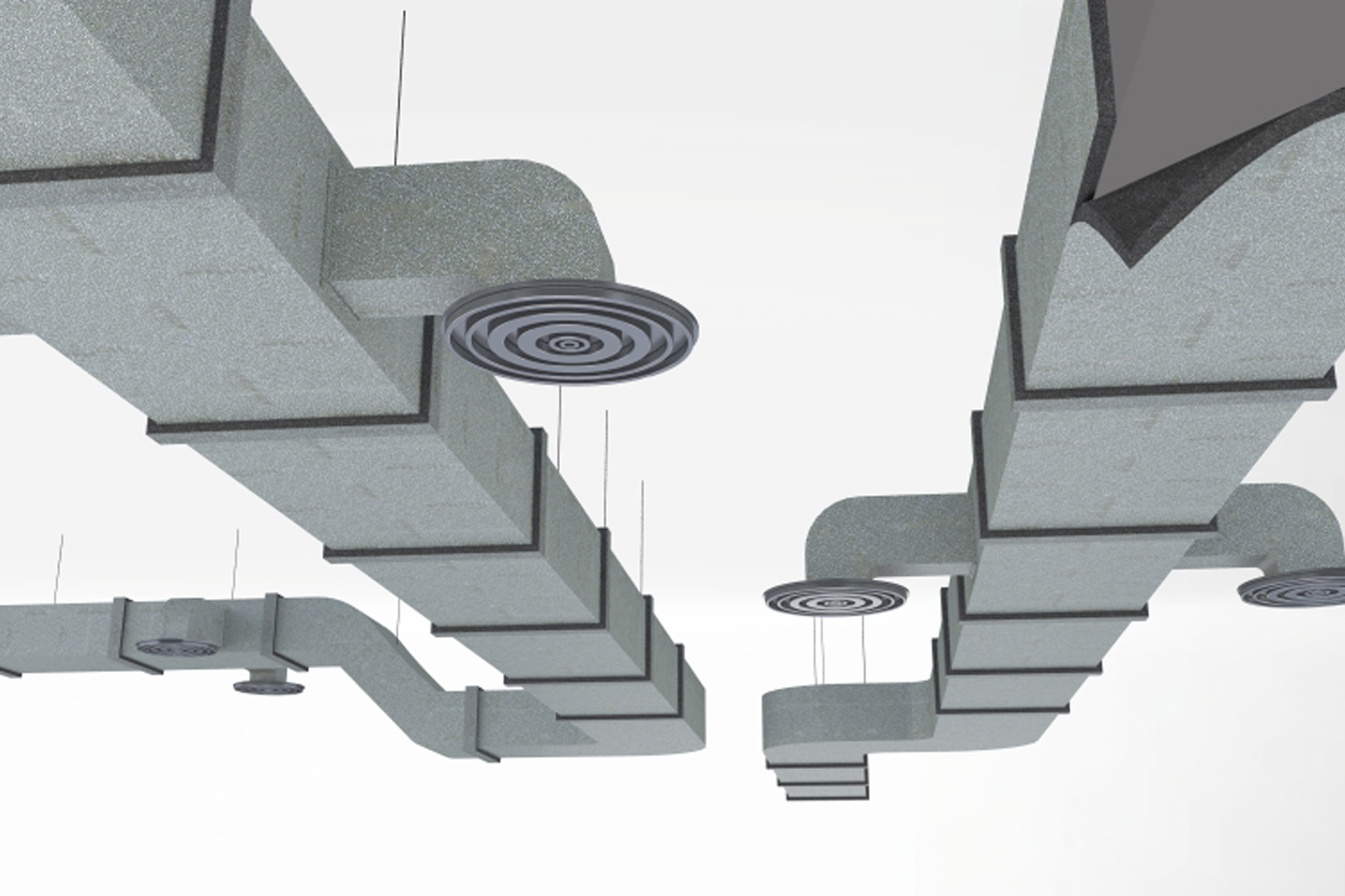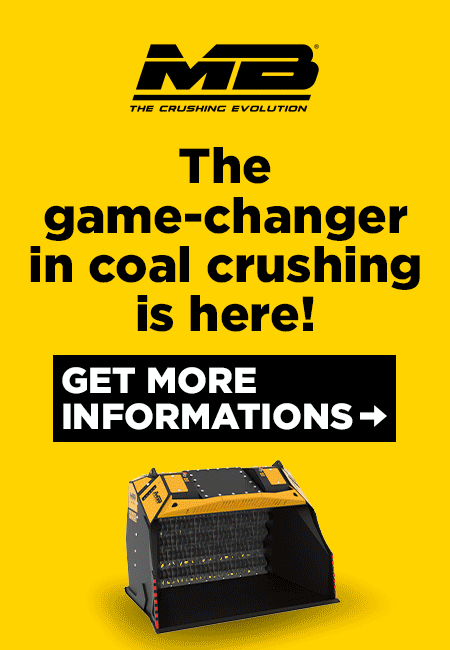A cool idea!
By Edit Team | January 25, 2016 11:42 am SHARE

The innovation that has impacted the building insulation or heat proofing in hot climatic zones is the development of cool roof materials.
According to Amit A Ganpule, CEO, Ishaan Industries there has been no significant change in building insulation in recent time. “The last major innovation was the spray able application of Polyurethane Foam. The foam insulation method is predominantly used in cold climatic zone as replacement to wood and fiber insulations like mineral wool,” says Amit A. Ganpule, CEO, Ishaan Industries.
For cold climatic areas there is a greater need to insulate walls. Hence an application system compatible with the other components of building is necessary. To some extent the foam insulation has fulfilled the need.
The requirements of hot climatic zones are entirely different. There is a greater need to insulate the roof. “By insulation it is implied that there is a need for lowering heat transfer or heating of the roof. The innovation that has impacted the building insulation or heat proofing in hot climatic zones is the development of cool roof materials,” Ganpule says.
The initial work was done to develop materials having higher heat reflective property. Later the significance of emissivity of the material also discovered. The heat reflective materials with high emissivity and high solar reflectance were developed which have very high efficiency. Initial products incorporation the improved properties were only in the form of paints. Some are cheap and do not last more than one season. Later the market forces worked in favour of development of better and longer lasting paints and coating which have better weathering properties.
Tile replaced paints
A significant development has taken place around 10 years back when a heat reflective product was developed in the form of a tile. “The tile was developed in India and has almost replaced paint for flat roof applications. The heat reflective tiles are long lasting and do not hinder the use of the roofs like terraces. The paint is ideally suitable for sloping roofs where there is no access or foot traffic. Subsequently the ceramic based heat reflective tiles are developed which have still better material and heat reflective,” observes Ganpule.
Positive impacts
Talking about the positive impacts of the technologies, Ganpule says, “There is a product which offers comfort to the occupant, the energy required for cooling the buildings is significantly reduced and there is an array of products that available to suit end user requirement. Like paints for sloping roofs, tiles for usable terraces, coatings for combination of heat proofing and water proofing.”
Incorporating technology
Speaking on the incorporation of the technology in the building insulation solutions, Ganpule says, “We have recommended this technology in every project. We are ourselves manufacturing the products have taken the lead in having the products specified in private and Government projects.”
Latest innovation
Boasting about the latest innovation, Ganpule says, “Our latest innovation is ceramic based heat reflective tile. It has an impervious surface than our previous product i.e. cement based tile. We are also developing paints that are compatible with metal surfaces for industrial buildings.”
Cookie Consent
We use cookies to personalize your experience. By continuing to visit this website you agree to our Terms & Conditions, Privacy Policy and Cookie Policy.






















































